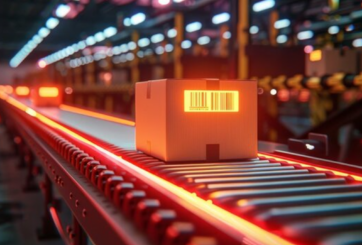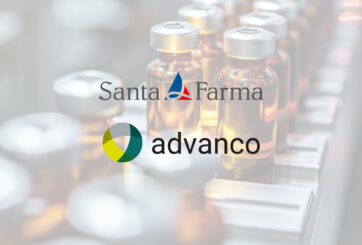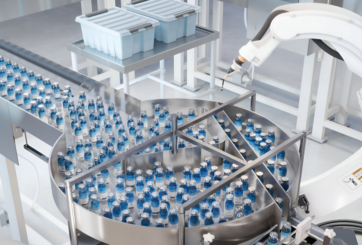The essential components of a watertight cold chain
The pharmaceutical supply-chain is used to adapting and stepping-up in times of pressure. The sheer volume of medicines needed across the globe, and the fact these drugs come in all forms, varieties, shapes, and sizes, means the supply-chain has always needed a degree of flexibility.
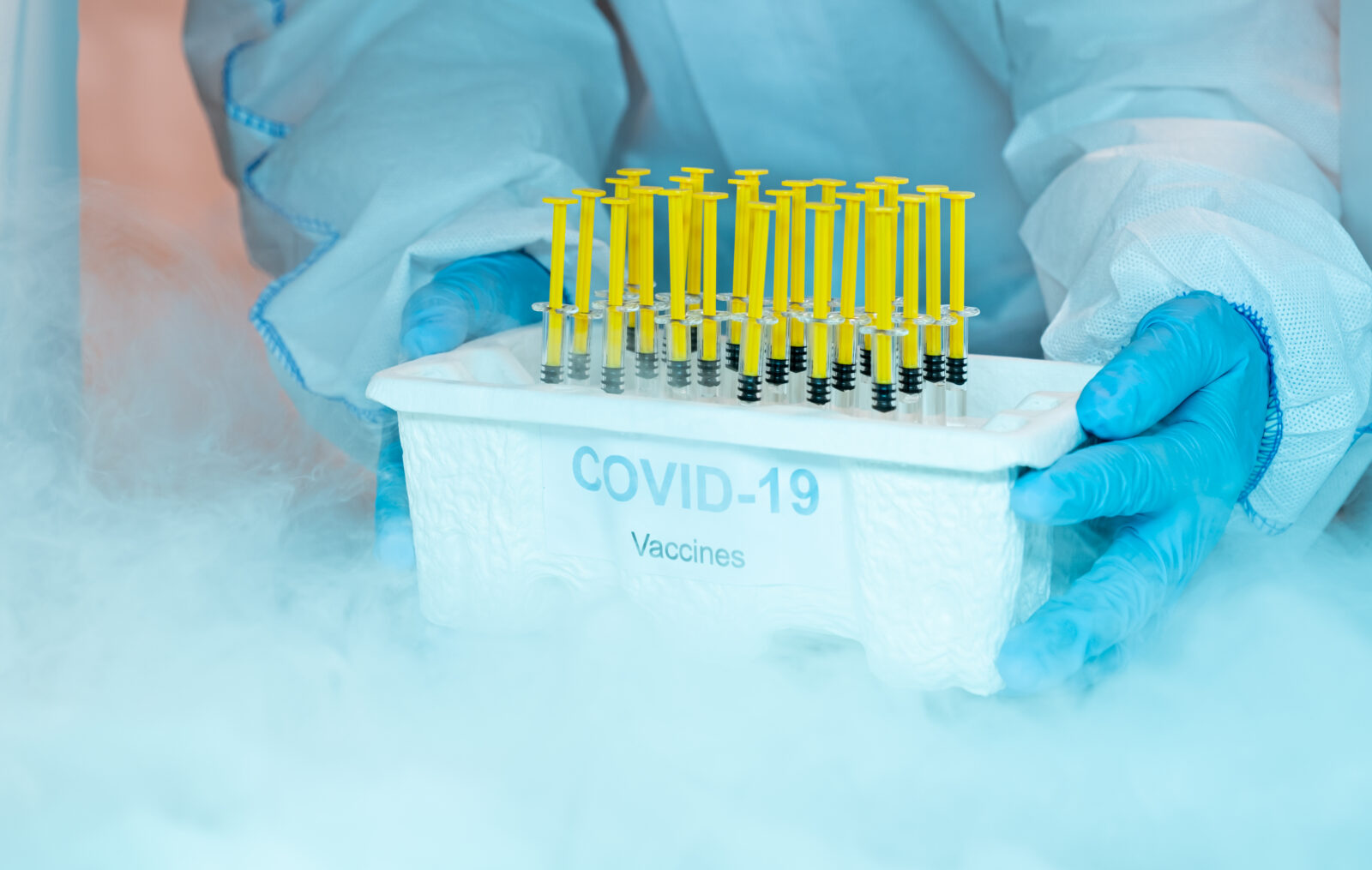
However, the emergence of the Covid pandemic tested this to the absolute limit. The supply chain had to quickly learn, adapt, and implement major changes to its processes to cope with the challenges of manufacturing and distributing enough vaccines to reach all four corners of the globe.
If this wasn’t difficult enough, some of the vaccines need temperatures of up to -80°C for production, storage, and distribution. This means that cold chain serialization has risen in prominence as a key weapon in the fight against Covid.
The holy trinity of a successful cold chain
The successful implementation of a cold chain has three main components – production and packaging, transport and storage, and an efficient roll out involving fully trained personnel.
It is essential that all three of these elements work in unison. Failure to do so will result in the collapse of the supply chain, and ultimately result in a batch of useless vaccines.
Let’s examine the substantial changes that have had to be introduced to ensure these temperature-critical products arrive at their destination in the perfect condition, ready to be administered to patients.
Changing the existing packaging and serialization process
One of the most obvious changes that we will see from an increased cold chain adoption is the complete re-writing of the status quo when it comes to existing packaging and serialization solutions.
Imagine the scenario of working in temperatures of -80°C. Established systems, technology and machinery simply cannot cope with these harsh conditions. This meant that a full set of hardware and software has had to be designed, manufactured, and implemented at breakneck speed. One of the big developments we continue to see is around mobile technology for the supply-chain. We are seeing a much more coordinated approach to being able to log events with mobile devices. We will also be able to directly-link specific supply-chain events to vaccine outcomes.
There will also be an increased usage of barcoding helping to reduce errors in dispensing in stressful periods. Vaccines and test-kits developed to detect the virus will need to continue to be supplied across the world quickly and efficiently – which require more standardization.
We will also see an even more increased reliance on business intelligence. This will be used to ensure an even swifter and more efficient vaccine serialization process. Intelligence will be used to assess exposure times, optimize routing, and scan exceptions, all while being able to monitor and measure continuously.
In addition to this, a much higher emphasis on human safety and comfort now needs to be factored in. The harsh temperatures in a cold chain environment means workers need adequate protective equipment, and regular breaks, with limitations to the number of hours they can spend in cold conditions.
And that’s just the start of it.
A whole host of “extras” have had to be launched to facilitate the production, storage, and delivery of cold chain products. Just one example of this is the temperature monitoring device, which is built into the thermal shipping containers, resulting in the need for a new, much more delicate way of opening these containers, to prevent damage.
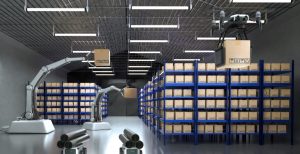
Adding temperature oversight into the shipping processes
The Pfizer-BioNTech COVID-19 vaccines are shipped in an insulated thermal shipping container with dry ice to keep the vaccine frozen at ultra-low temperatures from –80°C to -30°C. To maintain the integrity of these vaccines, they must be stored and handled at specific recommended temperatures.
There are three presentations of the Pfizer-BioNTech COVID-19 vaccines that have different storage and handling requirements. These can be distinguished by the colours of the vial caps and carton label borders which are purple, grey, or orange.
Although each of these different colours have varying specifics when it comes to shipping and storage, the key fact to take away is that these specifics must be always adhered to. It isn’t negotiable – failure to adhere to these specifications will result in a useless batch of vaccines.
Likewise, it’s important to regularly monitor the temperature of the vaccine at the start and end of each working day. If storing in an ultra-low temperature (ULT) freezer, standard freezer, or thermal shipper, temperatures must be recorded using a freezer temperature form. If storing the vaccine in a refrigerator prior to use, use the refrigerator temperature form.
Introducing essential safety processes
Working in, or even taking delivery of materials that have been produced in cold chain environments, carries with it a much higher risk of injury for staff members.
For example, dry ice is the frozen form of carbon dioxide. When heated, most frozen solids melt to a liquid form, but dry ice transforms directly into a gas, by a process called sublimation. Dry ice sublimes at temperatures at, or above -78°C.

The main hazards of dry ice include asphyxiation and burns. Use of dry ice in confined spaces, such as small rooms or walk-in coolers, or poorly ventilated areas can result in depletion of oxygen, resulting in asphyxiation.
Even unpacking the thermal shipping containers requires a serious degree of care, with a long checklist of recommended PPE needed, including an apron, lab coat or coveralls, cryogenic gloves, a dry ice scoop, safety glasses with side-shields or full-face shield and a set of vial tongs.
Implementing new technologies
One of the main changes we are likely to see as the evolution of the cold chain continues is the introduction of new technology, with a very prominent example set to be the increased use of robotics.
Well-designed robots will keep working in the harsh temperatures needed – there is no need for them to have regular rest breaks, wear insulated clothing or cryogenic gloves. Therefore, we will see companies turning more and more to robots to effectively streamline and automate what were previously manual operations to maintain a steady workflow. Indeed, Gartner predicts that 75% of large enterprises will have adopted some form of smart robots in their warehouse operations by 2026 as they search for flexible automation.
Combine this with colder chains and we are much more likely to be working alongside robotic colleagues soon.
In conclusion
This analysis started with the assertion that the traditional pharmaceutical supply-chain is used to adapting and stepping-up in times of pressure.
We are currently seeing this evolution continuing at a break-neck speed as the cold chain continues to evolve. If this technology had already been established and in-place, would the world have seen a more streamlined, faster roll-out? Would a higher proportion of people in more countries have already received their jabs? The answer to this is undoubtedly “yes”.
However, what has been achieved since the start of the pandemic is admirable – and although there is a great deal still to be done, the pharmaceutical sector should, overall, be proud of the introduction of a robust cold chain which is already achieving incredible results for patients across the entire planet.
View the original article here.

